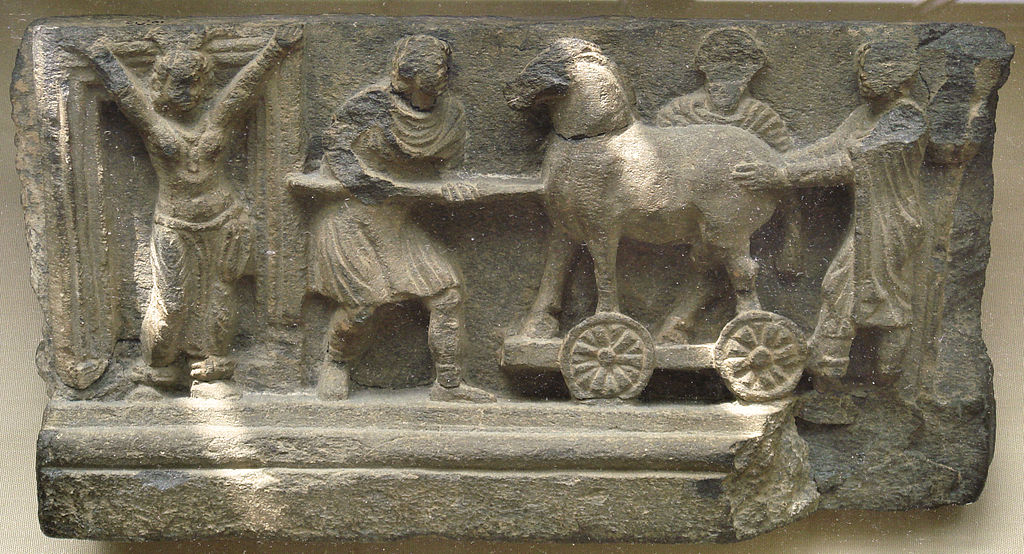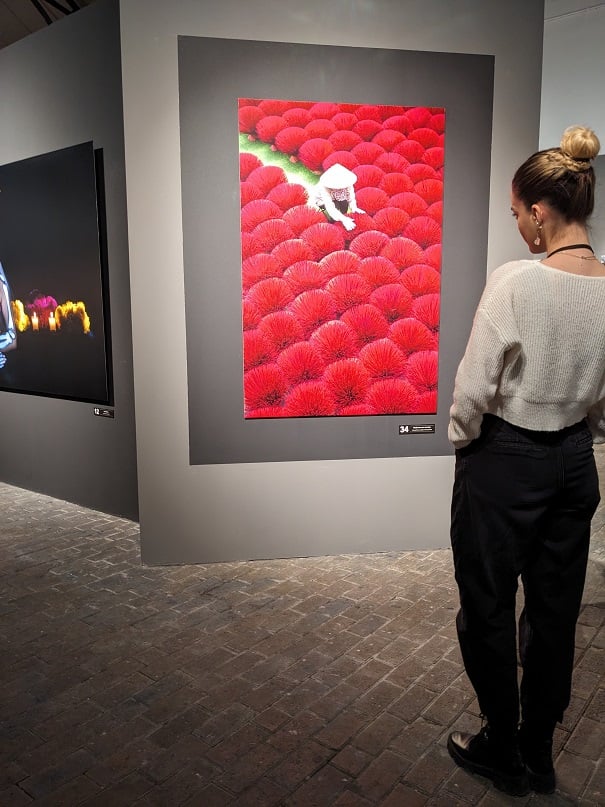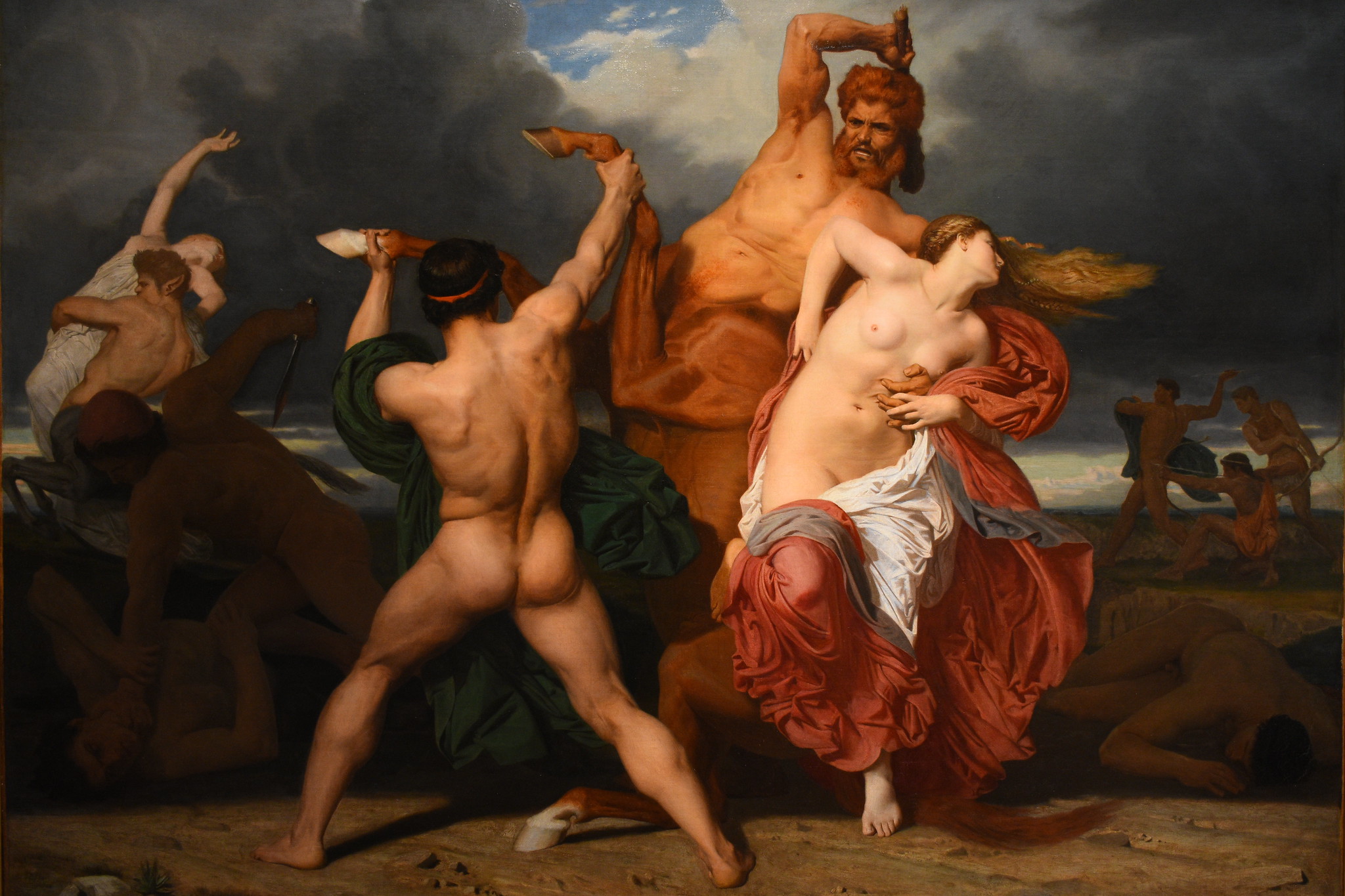
The Centauromachy was a mythical battle between the Lapith people, who were members of the ancient Greek tribe of Aeolians who lived in Thessaly, and the mythical centaurs—half-horse, half-man creatures in Greek mythology.
Who were the Centaurs and the Lapiths?
The Lapiths and the centaurs of ancient Greece were said to be related in that the clans supposedly descended—and acquired their names—from two mythical brothers: Lapithes and Centaurus.
Centaurus, according to ancient Greek mythology, was the first being to group the stars into constellations, and taught others how to read them. It is said he formulated a picture of himself using the stars, the Centaurus constellation, to help guide his sailor friends, the Argonauts.
He and his brother Lapithes were supposedly the sons of the god Apollo and the nymph Stilbe, daughter of the river god Peneus. It is said that Lapithes was a courageous warrior, while Centaurus was a deformed man who later bred with mares, the result of which was the race of half-man, half-horse centaurs. Lapiths, on the other hand, had a human form.
Lapiths’ lineage included warriors and kings such as Ixion, Pirithous, Caeneus, and Coronus, as well as the seers Ampycus and his son Mopsus.
How did the Centauromachy Battle start?
This Centauromachy, captured in numerous artworks over the millennia, was sparked at the wedding feast of the Lapith King Pirithous, who had invited the centaurs to the ceremony where he was to wed his bride, Hippodamia.
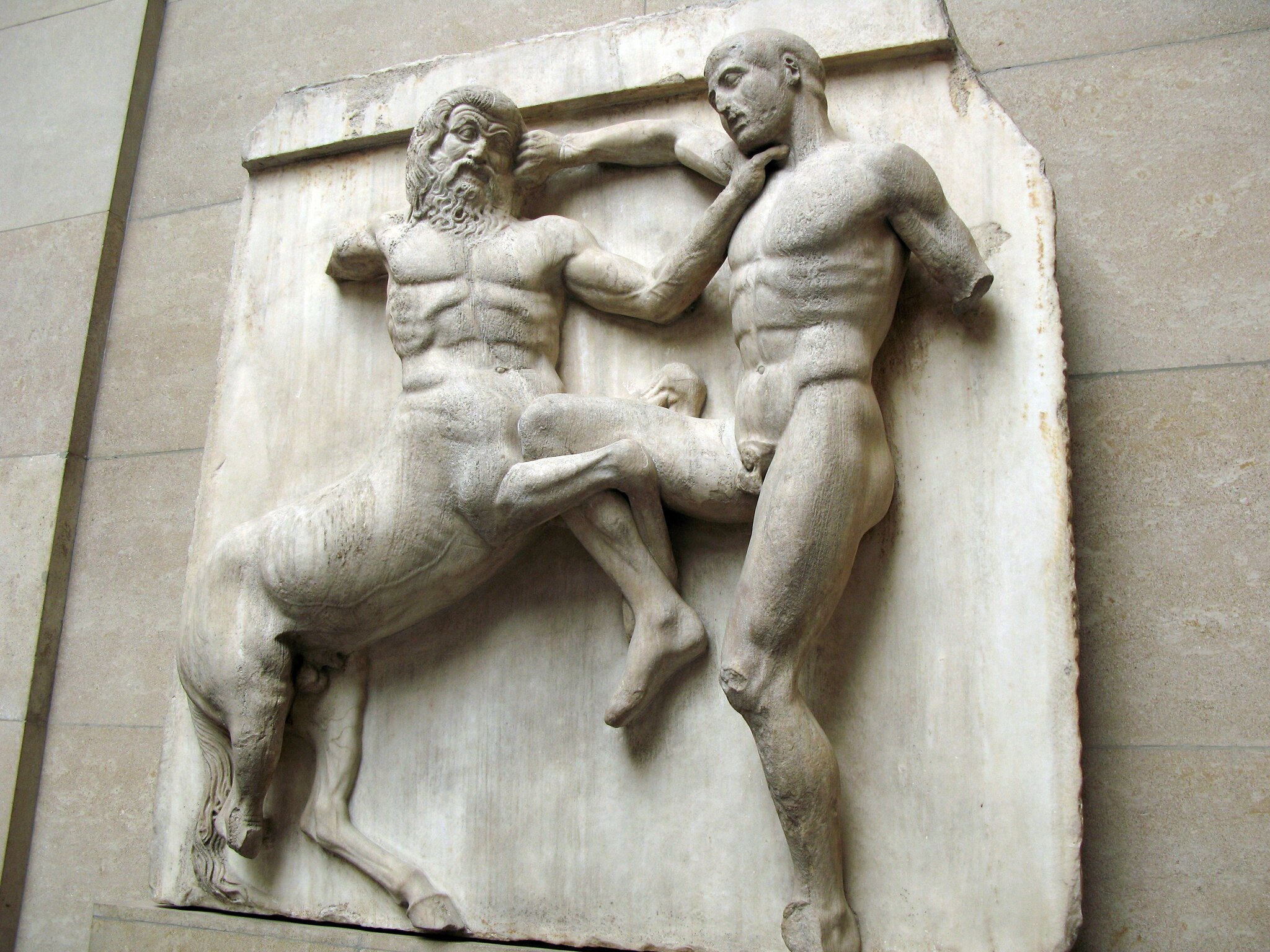
The horse-men, unaccustomed to wine, failed to contain their wild nature, and when Hippodamia made her appearance, the centaur Eurytion attempted to kidnap her, quickly followed by the other centaurs who attempted to do the same to the female guests.
The wedding quickly sank into chaos, as the Lapiths rose to defend the women and subdue the unruly centaurs. What then played out was a bloody battle between man and beast, giving rise to the analogy of civilization and civilized Greeks, fighting against the barbaric and Barbarian-like incivility of society’s fringes—refined order against rampant chaos.
During the battle, Theseus came to the Lapith’s aid, helping to cut off Eurytion’s ears and nose and throwing him out of the event. Once the great clash had ended, the centaurs were banished from Thessaly to the northwest.
Some historians have suggested that the mythic battle is representative of the first encounter between the non-horse-riding Minoans and the nomadic horsemen of the steppes. Thus, the myth may be a metaphor for the first ever conflicts between horse-riding civilizations and the ancient Greeks, who had no familiarity with horse-riding.
Artwork inspired by the battle
It wasn’t until some time later, once Greek myth had started to be filtered through the lens of ancient Greek philosophy, that the Centauromachy battle between the Lapiths and Centaurs took on the figurative embodiment of the internal struggle between civilized and wild behavior.
This analogy was strengthened by the fact that the Lapiths understood how to correctly consume wine, which must be diluted with water and not drunk to excess, as did the centaurs.
The ancient Greek sculptors working under Pheidias perceived the tale of the battle to be symbolic of the great conflict between the civilized Greeks and the barbarians. Thus, battles between the Lapiths and the centaurs were depicted in the sculpted metopes of the Parthenon, as well as on The Temple of Zeus at Olympia. The battle has also been the subject of many vases.
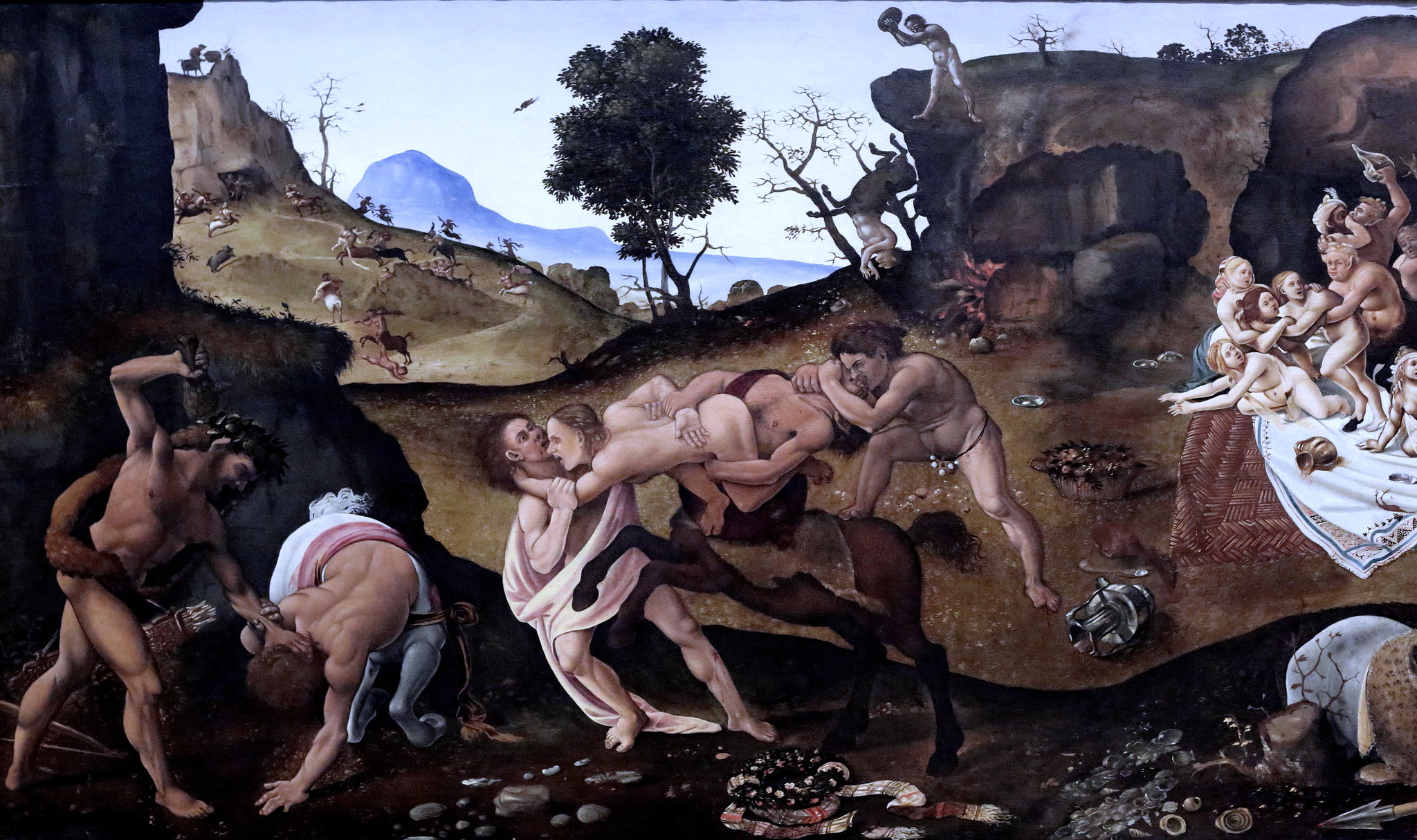
The French poet Jose Maria de Heredia included a sonnet about the battle in his volume Les Trophees, while, during the Renaissance, the mythical conflict became a popular theme for artists, including Michelangelo, who produced a marble relief of the subject in Florence around the year 1492.
In the following decade, Piero di Cosimo painted his Battle of Centaurs and Lapiths, now housed at the National Gallery in London, and a frieze with a Centauromachy was also painted by Luca Signorelli in his Virgin Enthrones with Saints, inspired by a Roman sarcophagus found at Cortona in Tuscany during the early fifteenth century.








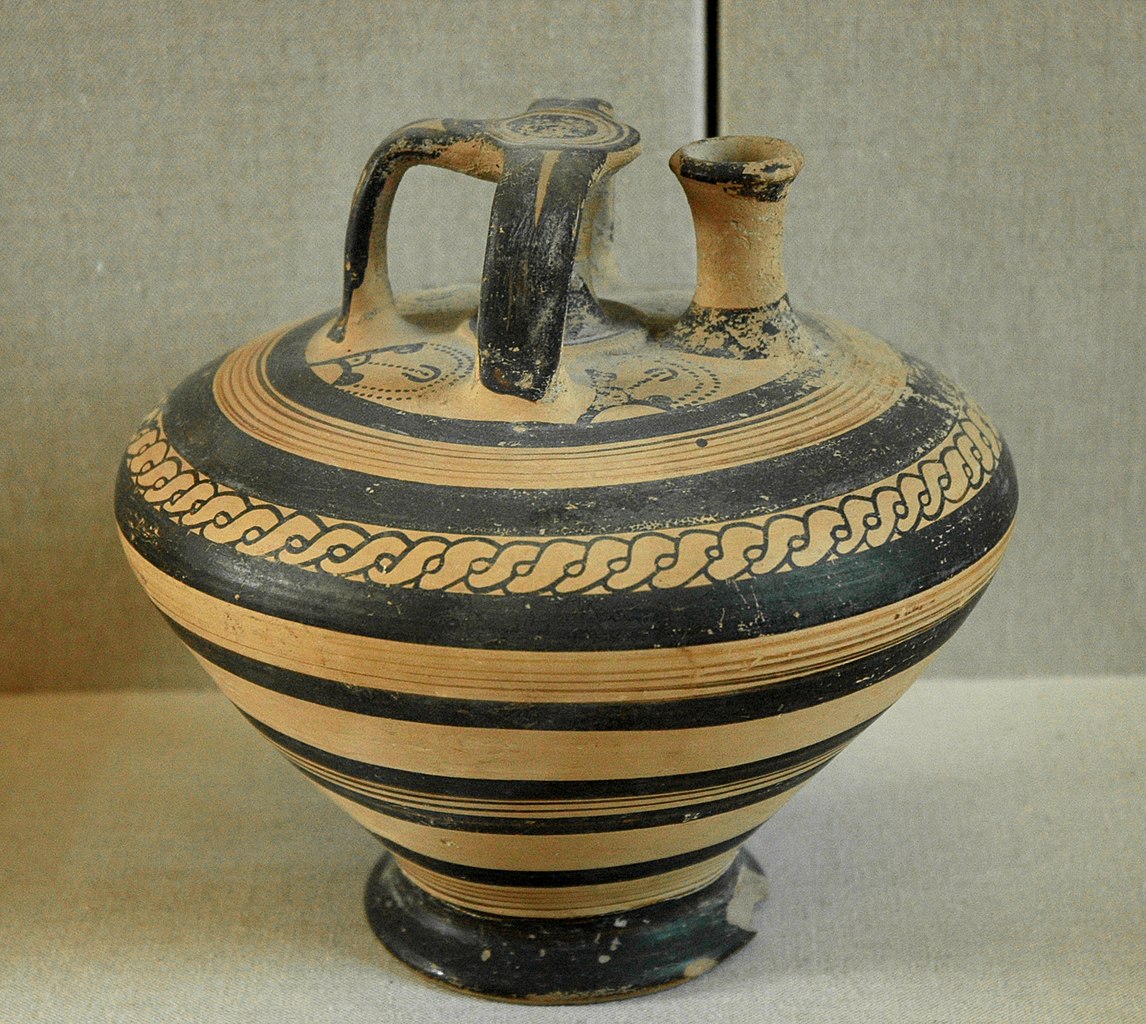





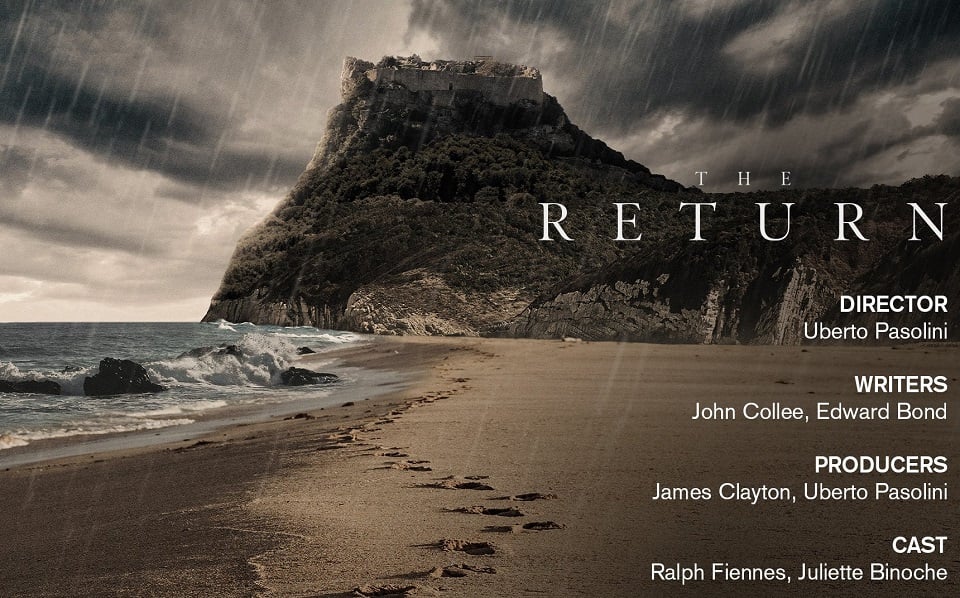


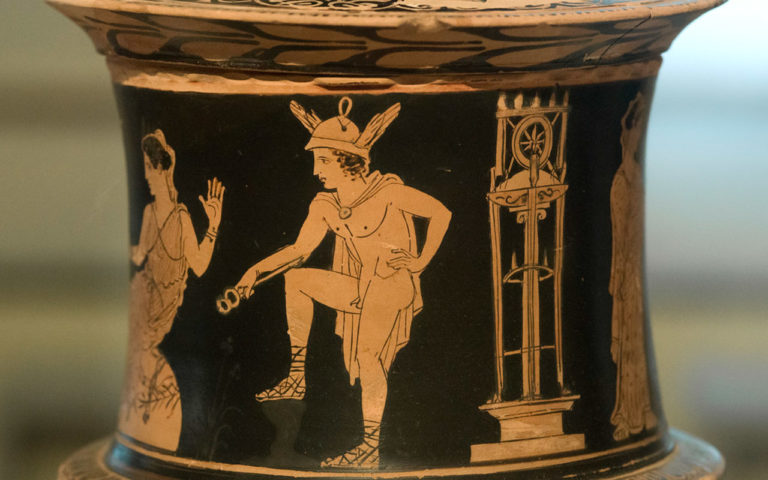
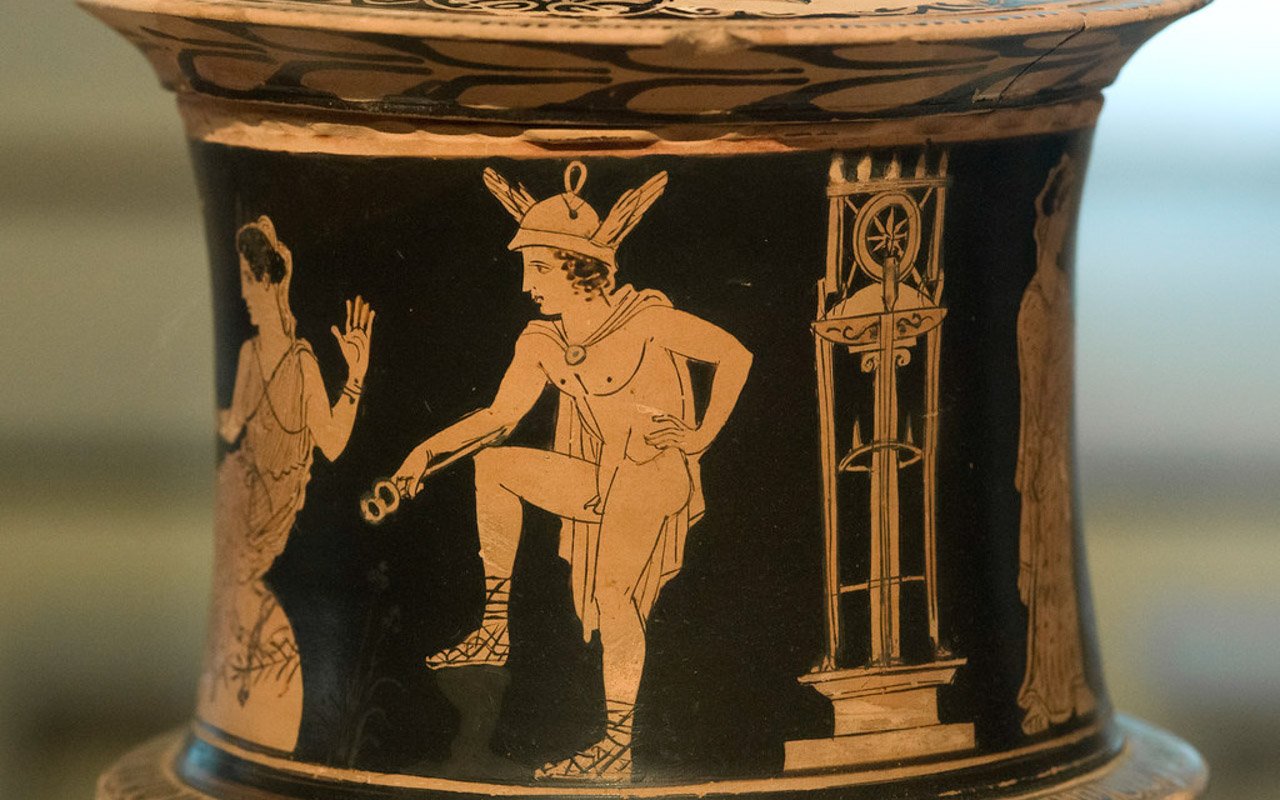
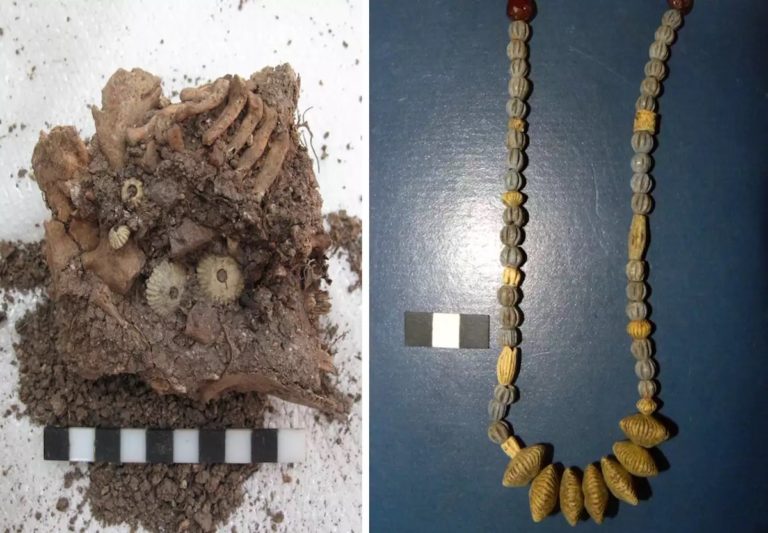
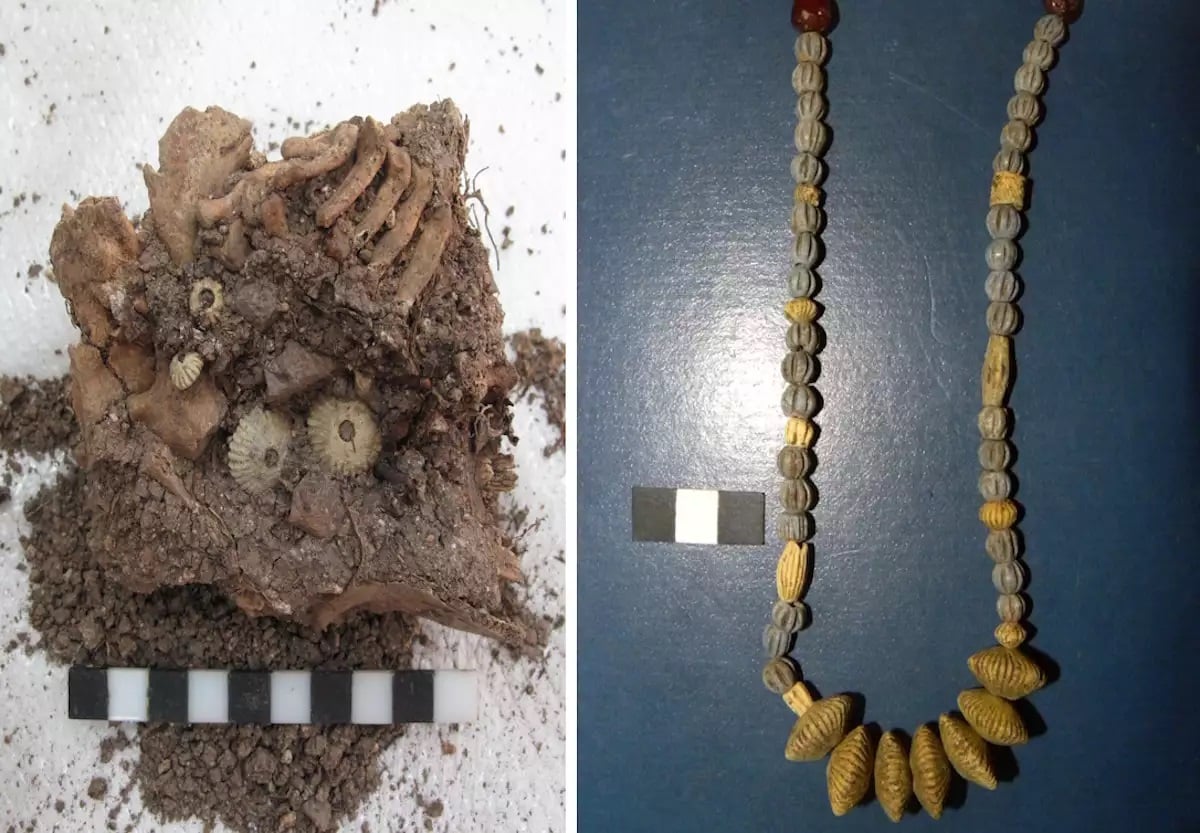


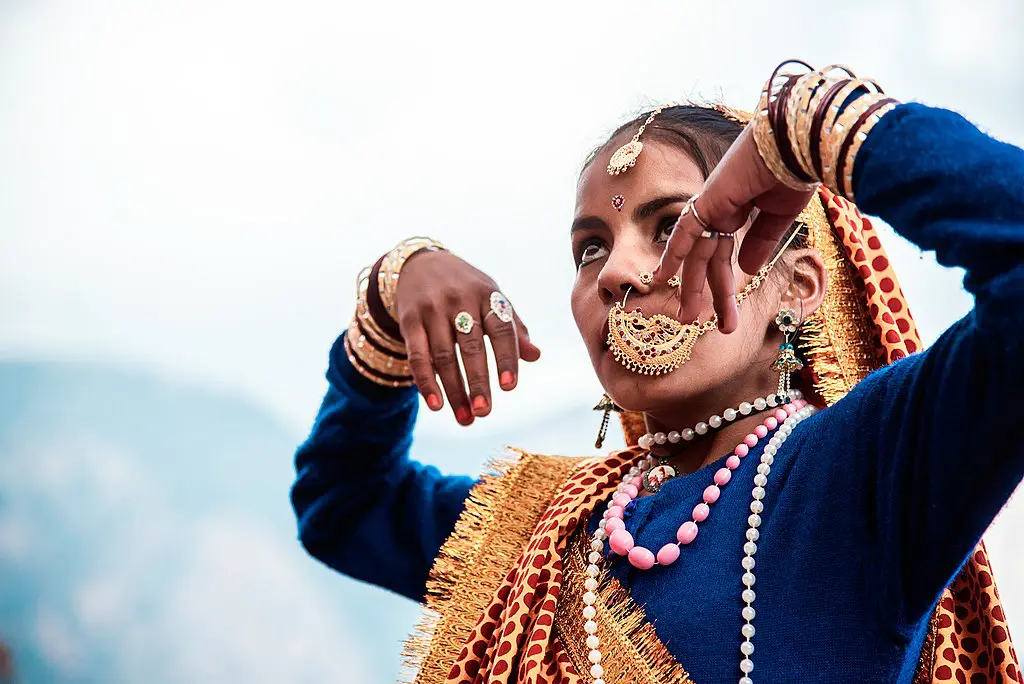
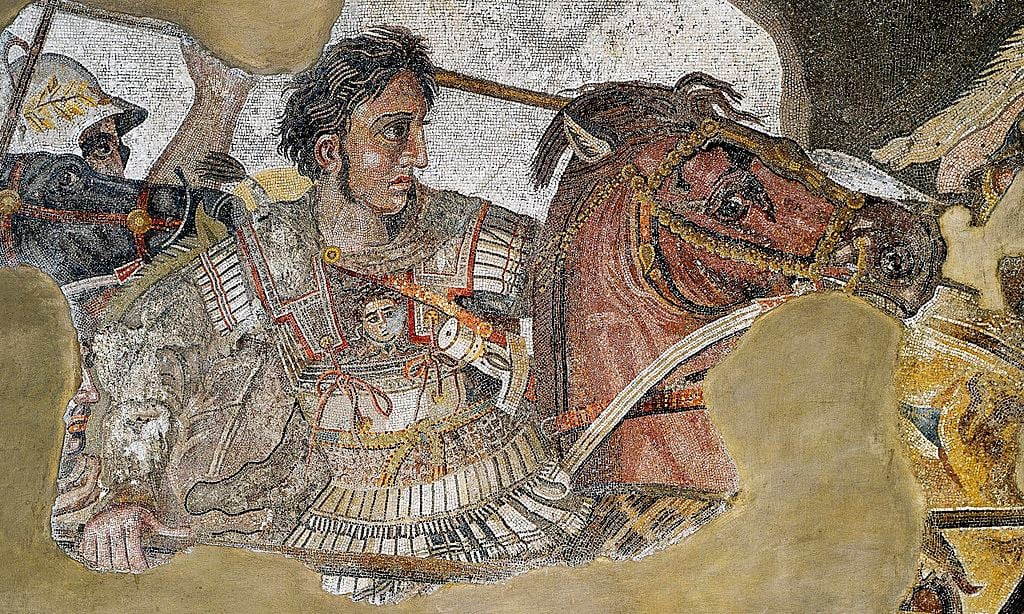
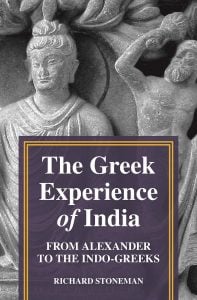 His book, titled “The Greek Experience of India—Two Centuries of Greek Presence,” attempts to do just that. “I hope that my book provides a middle gound which would help someone understand the two-way interaction between the Greeks and the Indians, during those last centuries BC.”
His book, titled “The Greek Experience of India—Two Centuries of Greek Presence,” attempts to do just that. “I hope that my book provides a middle gound which would help someone understand the two-way interaction between the Greeks and the Indians, during those last centuries BC.”
